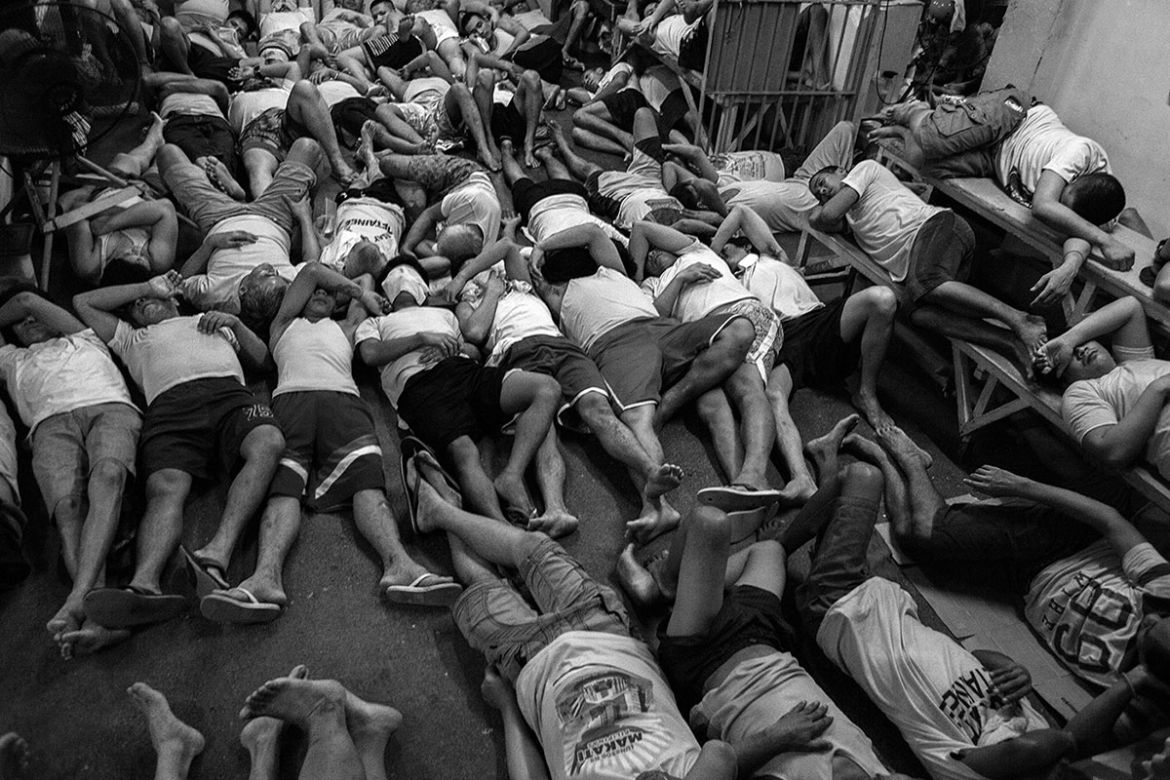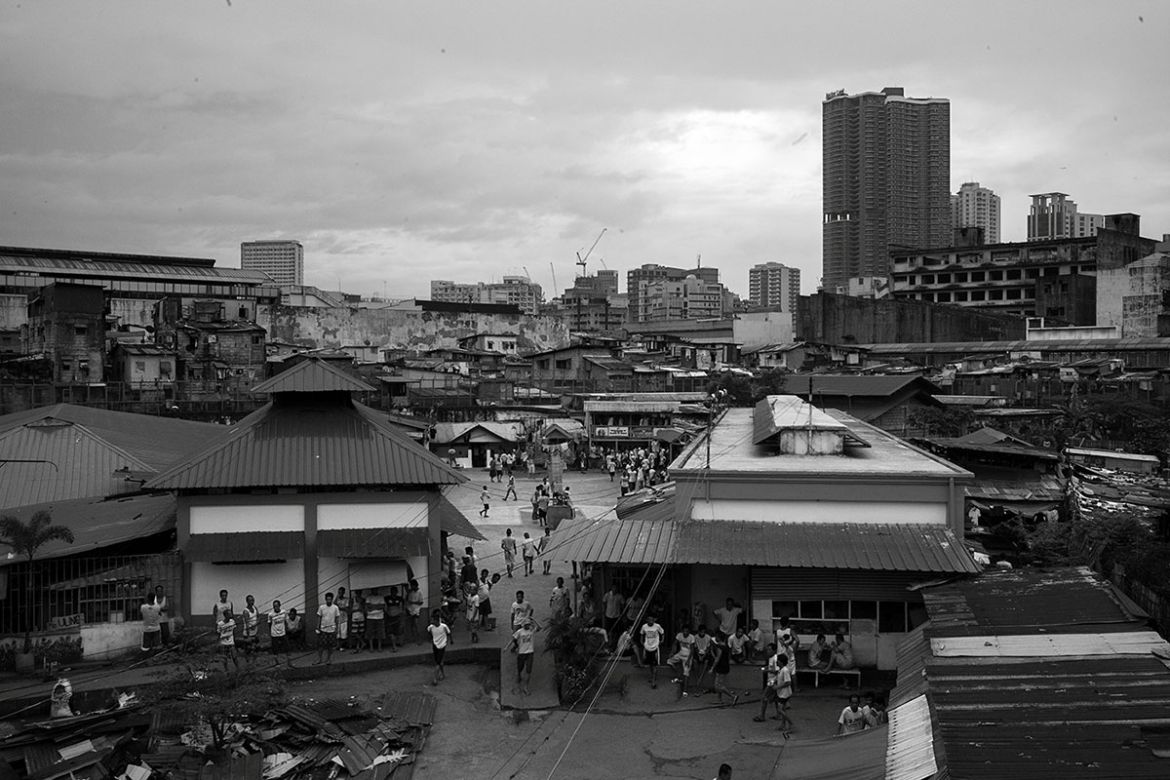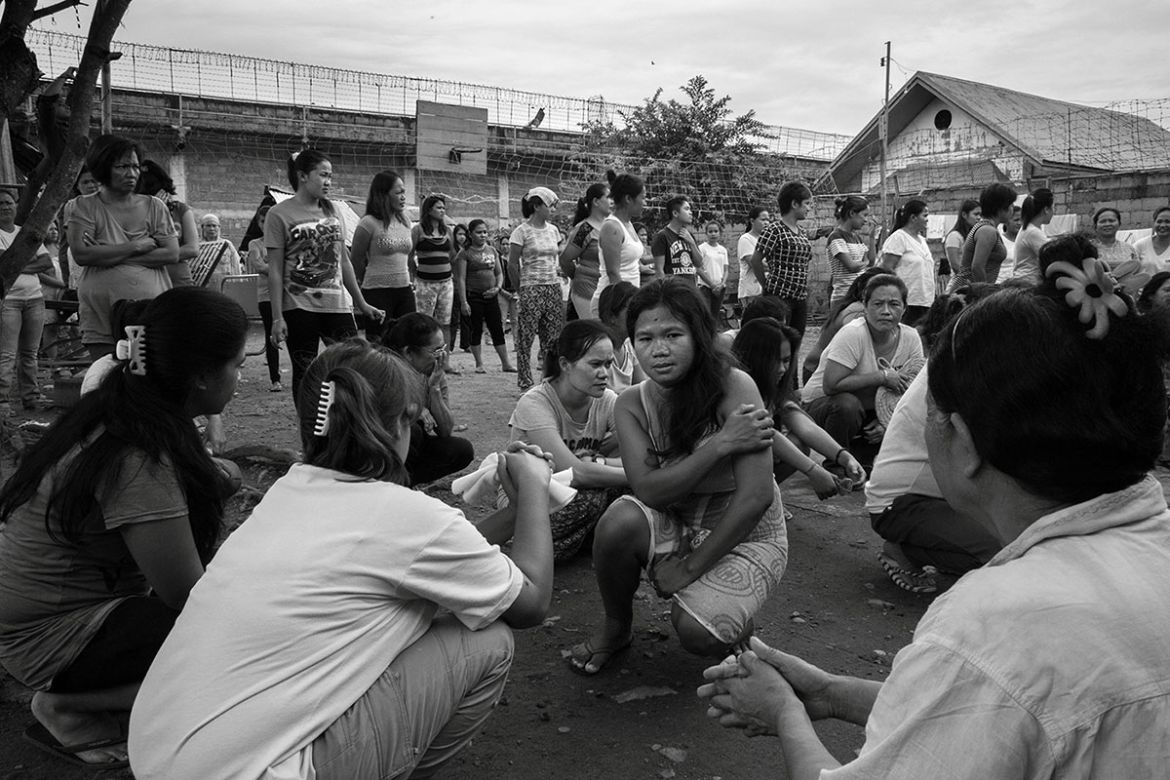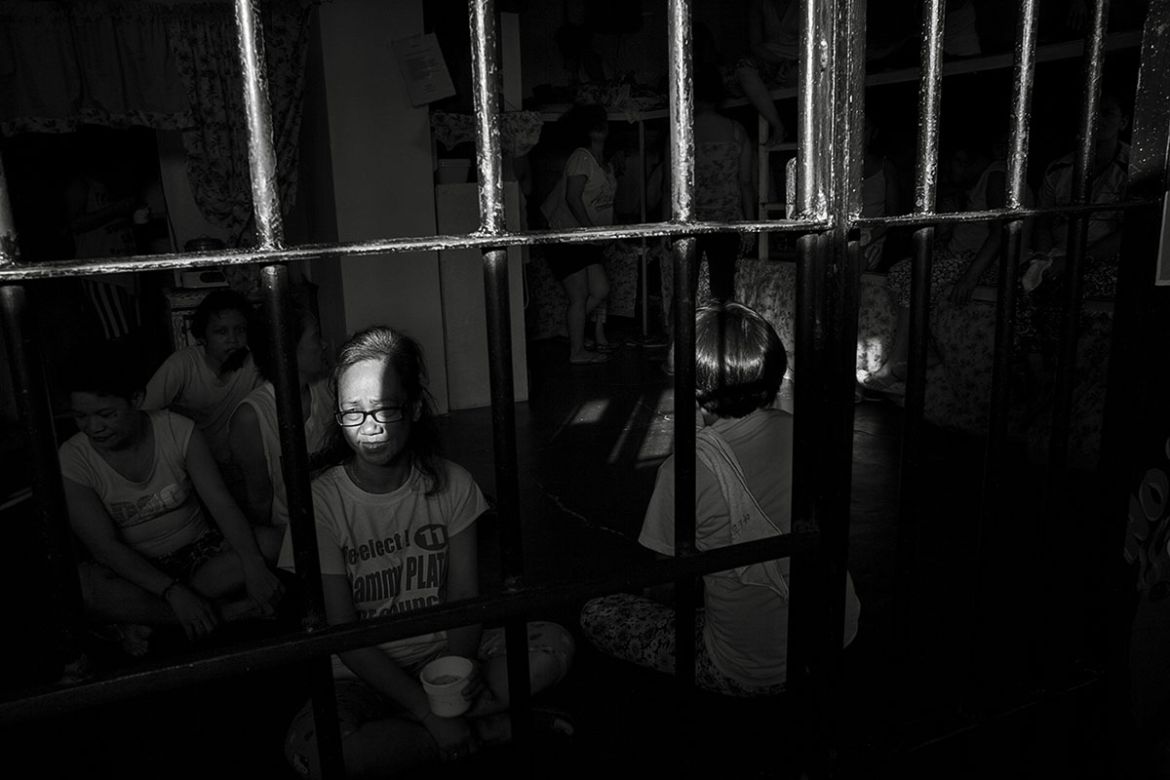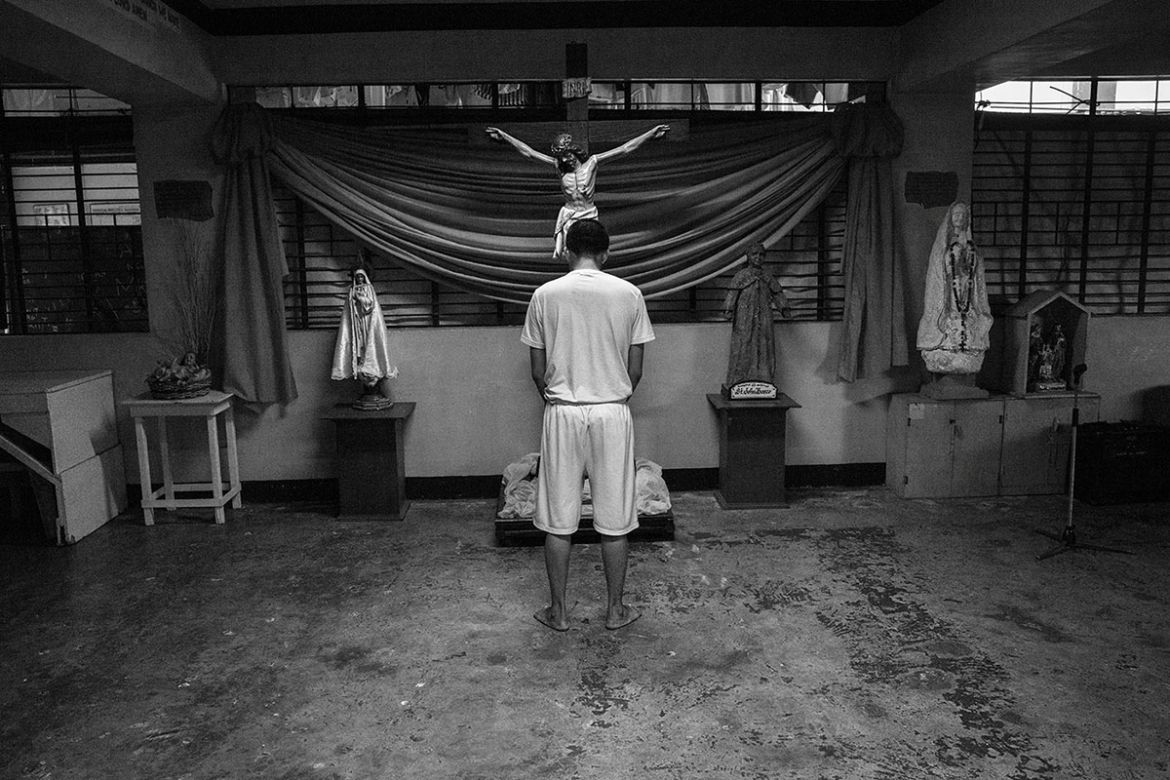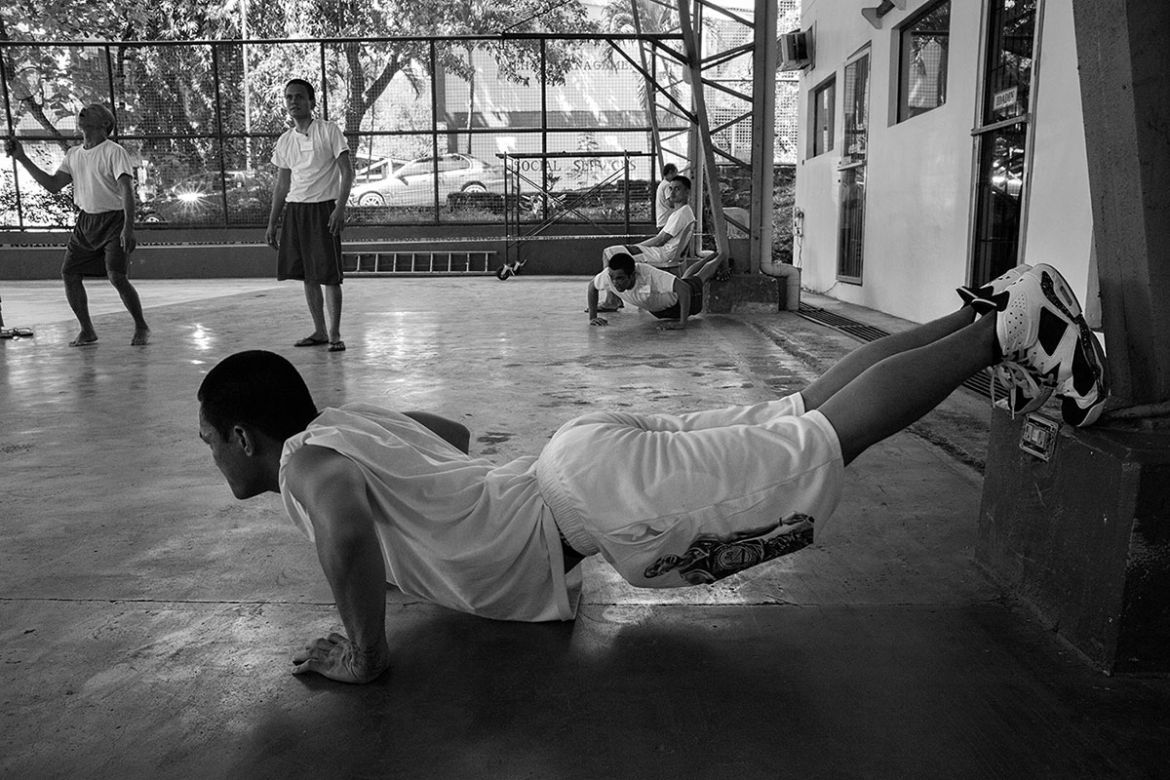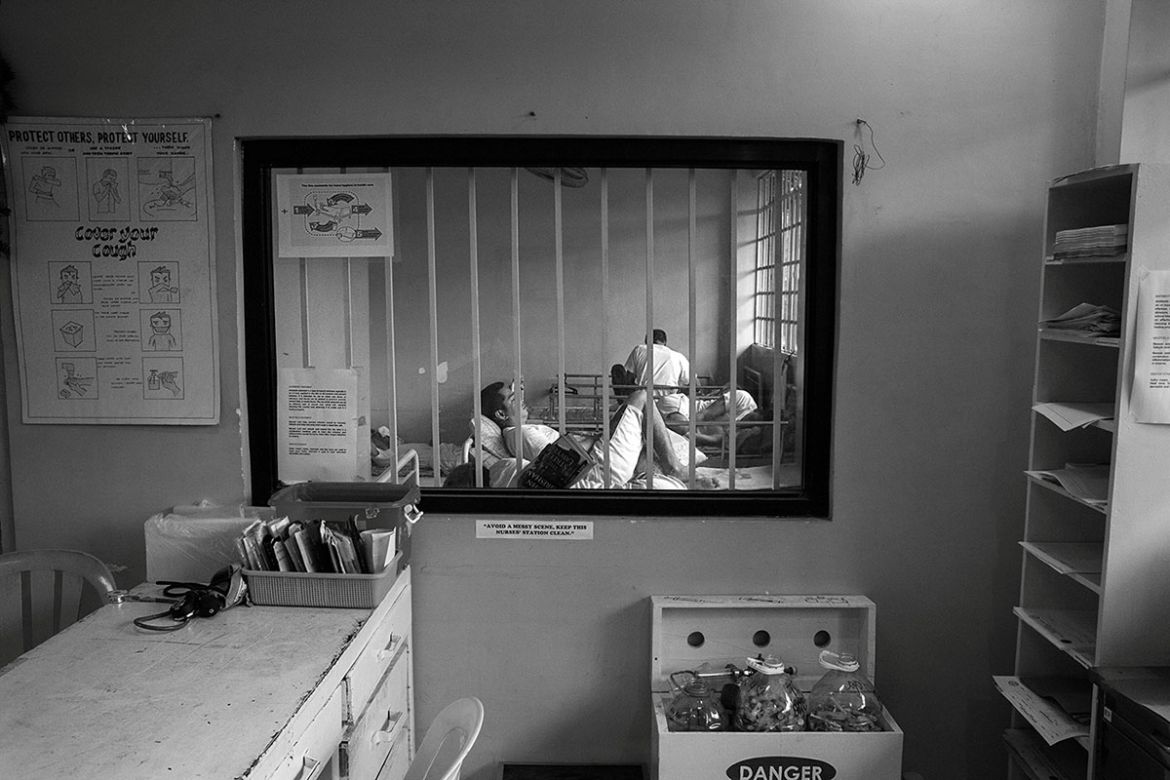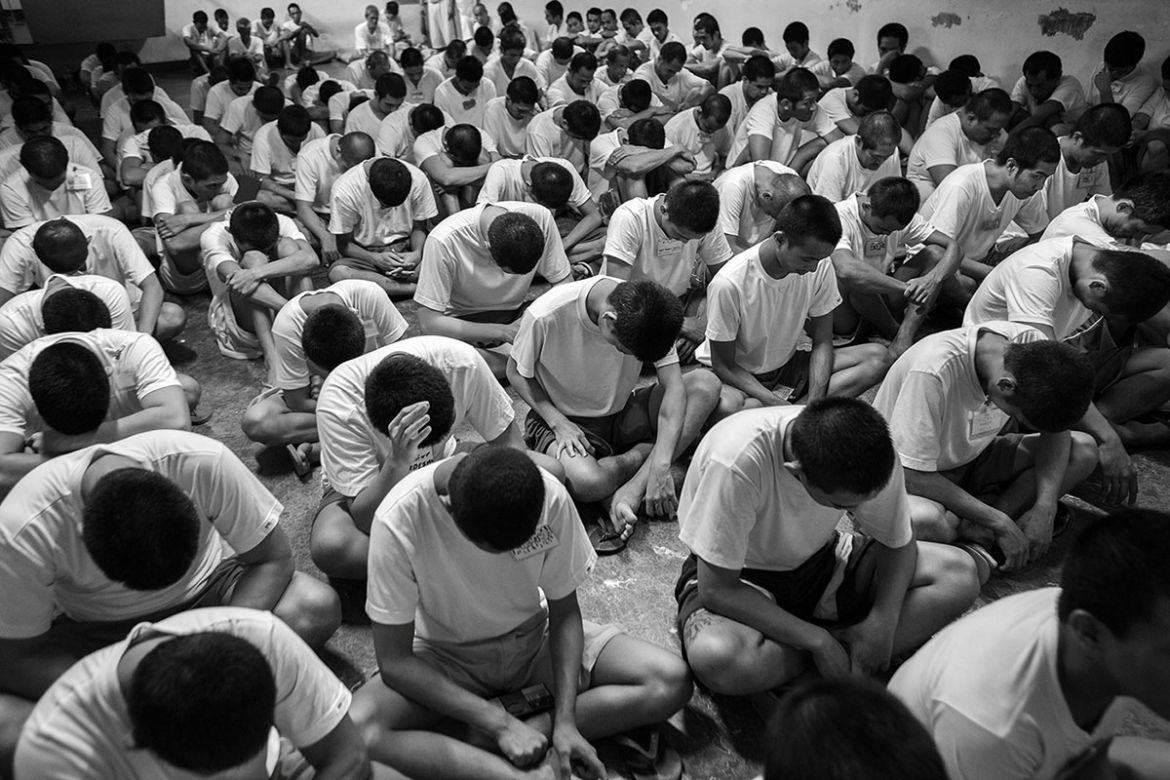In Pictures
Prisons and rehab overcrowding in the Philippines
As death toll rises, Philippine prisons and drug rehab centres fill to capacity as many try to avoid the same fate.
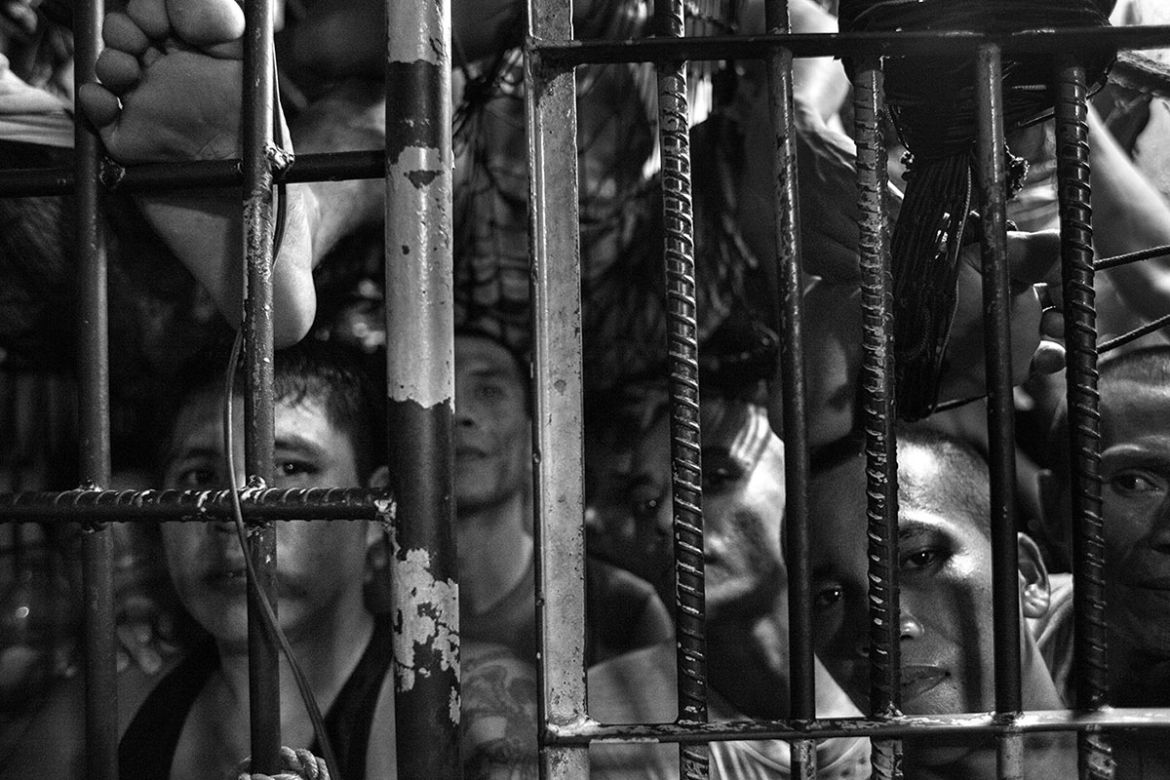
In the Philippines, the war on drugs by President Rodrigo Duterte has led to nearly 6,000 deaths, including an estimated 2,051 killed during police operations.
Along with these, the number of inmates in prisons, in police detention cells or being held in rehabilitation centres is also on the rise.
The space inside prisons is not adequate to receive such an influx of people and has led to severe overcrowding. Individual cells now hold up to twice or even three times their capacity, forcing prisoners to sleep virtually piled up on one another.
At police stations, those suspected of drug-related crimes are crammed into a few square metres for long periods, awaiting trial.
There are 40 public and private rehabilitation centres in the Philippines. Since the early days of Duterte’s crackdown on drugs, the centres have also been mired in congestion. Some people, fearing they will fall victim to police raids or vigilante groups, have decided to go into rehab.
The Bicutan rehabilitation centre in Manila is now accommodating up to 30 new patients a day – double its capacity.
Despite higher costs, the flow of patients has also increased in private clinics.
In another clinic, the Bulacan Drug Rehabilitation Foundation, the number of patients has almost doubled in only a few months.
On Tuesday, December 13, Duterte announced the release of $20m for the medication of those who are undergoing drug rehabilitation.
“I hope one billion (pesos or $20m) will go a long way to treat you this Christmas,” Duterte announced.
“Now, if you have really gone crazy and there is no more chance to get fixed, I will just send you a rope. You can just hang yourself.”
